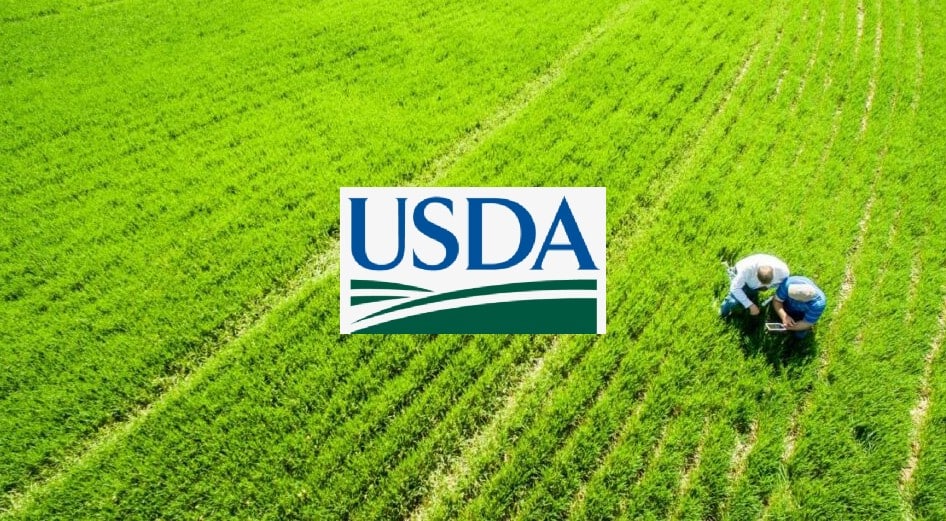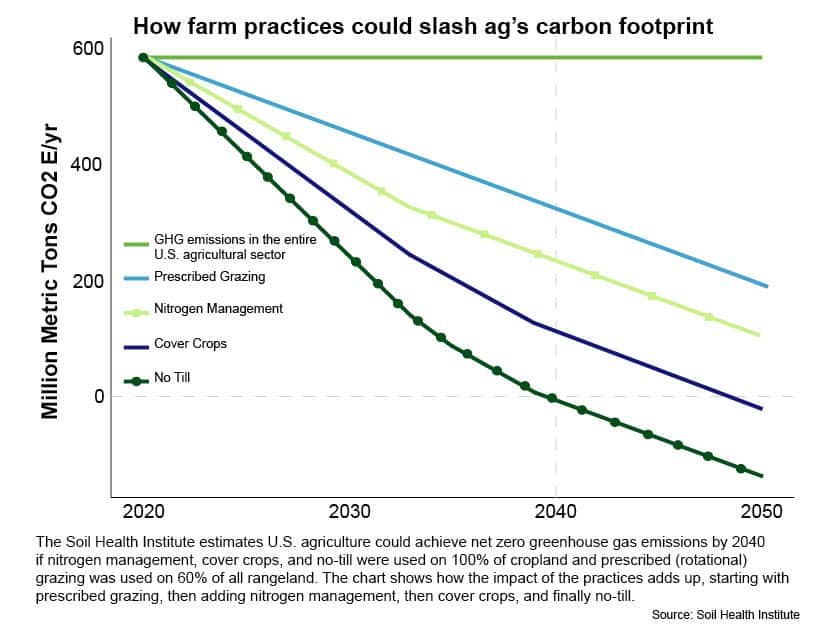The U.S. Department of Agriculture (USDA) announced that it will invest $300 million to improve the measurement and reporting of greenhouse gas emissions and carbon sequestration by the country’s agriculture and forestry sectors.
The fund will be from the country’s climate law, the Inflation Reduction Act (IRA). The Act provided about $20 billion in total investments to boost climate-smart agriculture and forestry practices.
The money will be used for creating a rigorous research system for monitoring carbon levels in soil – a key to understanding how CO2 is stored in the ground. It will further help the department in enhancing its data management capacity and improving the methods it uses in quantifying and analyzing GHGs.
Slashing Carbon Emissions and Earning From It
As per the Environmental Protection Agency, agriculture is responsible for emitting 10% of the country’s GHG in 2021. With that, the USDA’s $300 million investment will give farmers and ranchers opportunities to earn more by adopting climate-friendly practices.
There are various carbon emission reduction strategies that farmers can employ and earn more from doing them.
Common examples are no-till agriculture and planting cover crops, which both can make the soil healthier and less erosive. These and more practices are often called regenerative farming.
More importantly, the soil may be able to capture and store more carbon dioxide than conventional farming practices. If farmers can quantify and monitor how much their new practice sequesters CO2 in the soil, they become eligible for earning carbon credits.
One credit represents one tonne of carbon reduced or removed from the atmosphere.
When it comes to their potential to help soil capture more CO2, here’s how different carbon farming practices could slash agriculture’s emissions by 2050.
Better Data for a Robust Carbon Market
While soil carbon storage has been around for a long time, scientists warn that there are uncertainties on the exact amount of carbon emission reduction it delivers.
Last month, a team of researchers found that carbon stocks stored underground in soil forests are vulnerable to global warming. More heating of the earth causes significant loss in carbon stored in deep soils, at over 30cm depth (12 inches).
Their findings pose challenges to how the sector used to measure carbon stored in soil and its climate impact. Add to this the fact that the process of measuring CO2 deep underground is highly technical and time-consuming.
And switching to new carbon farming techniques may not be convincing for some farmers, especially if it means more expenses.
This is why the Agriculture Department will heavily invest in finding more and better data on carbon sequestration. Better monitoring and reporting on soil carbon capture and storage data is crucial for a more robust carbon market. These markets can help incentivize farmers and ranchers to engage in carbon reducing practices.
Remarking on this matter, John Podesta, Senior Advisor to the President for Clean Energy Innovation and Implementation said that:
“One of the big remaining technological challenges for tackling the climate crisis is ensuring that natural solutions in agriculture and forestry are working well… Today’s USDA announcement of $300 million from the Inflation Reduction Act to measure and verify emissions from those sectors is a big step in the right direction.”
The ultimate goal is to bring confidence in farmers and foresters to embrace climate-friendly practices, compensating their efforts while protecting them from any risks that may come in shifting to new technologies. Making this a national concern through a policy is indeed a good thing, both for America and the planet.
USDA is engaging with stakeholders and technical experts to help inform its effort in finalizing the strategy. The Department will hold a webinar for those interested to learn more about it or contribute insights on July 21.



